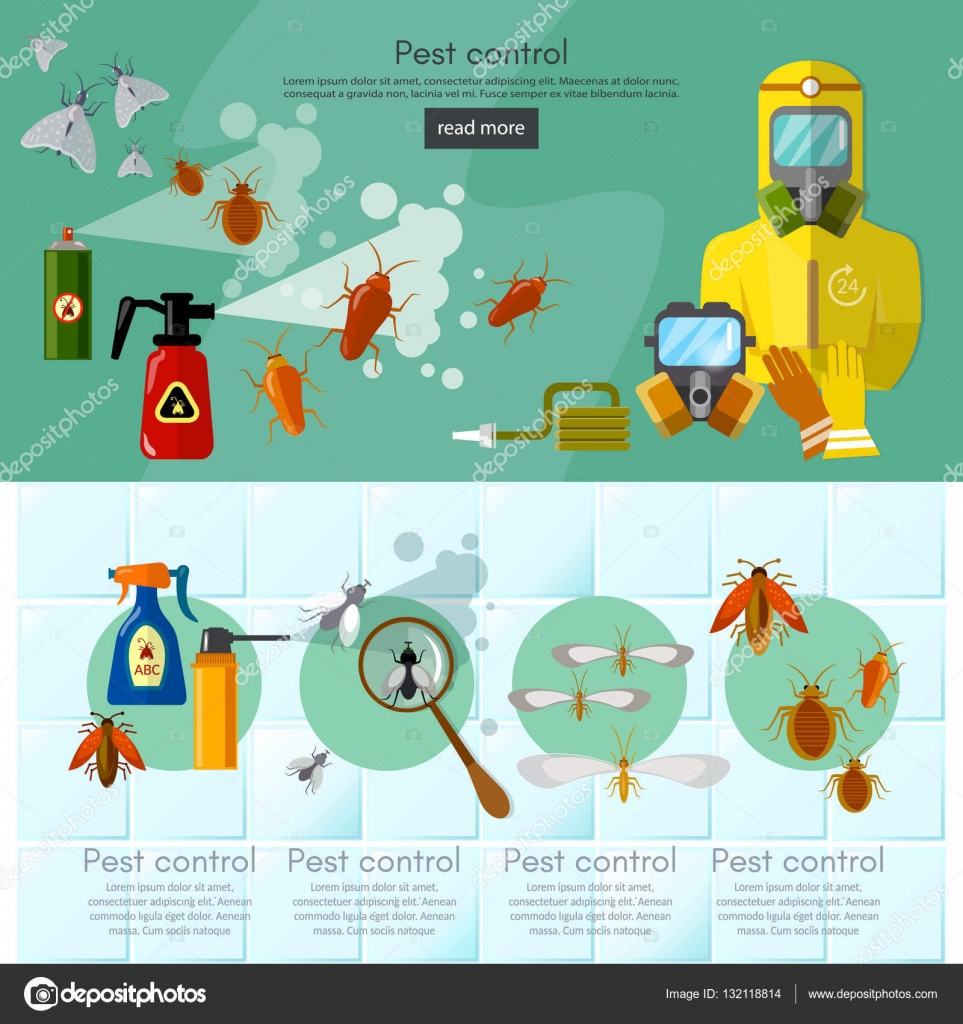Rodent-Proofing Your Attic: Crucial Tips For Homeowners
Rodent-Proofing Your Attic: Crucial Tips For Homeowners
Blog Article
Created By-Thybo Snedker
Envision your attic as a cozy Airbnb for rats, with insulation as fluffy as hotel cushions and circuitry a lot more attracting than space solution. Now, imagine these unwanted visitors tossing a wild event in your home while you're away. As a property owner, ensuring your attic is rodent-proof is not just about assurance; it has to do with protecting your residential or commercial property and loved ones. So, what basic actions can you take to guard your sanctuary from these hairy trespassers?
Evaluate for Entrance Information
To start rodent-proofing your attic, evaluate for entrance factors. Begin by meticulously analyzing the outside of your home, searching for any type of openings that rats could use to gain access to your attic room. Look for spaces around energy lines, vents, and pipes, as well as any kind of splits or openings in the foundation or siding. Ensure to pay attention to locations where various building products meet, as these are common entry points for rats.
In addition, check the roof for any type of damaged or missing roof shingles, along with any type of gaps around the edges where rodents could squeeze with. Inside the attic, search for indicators of existing rodent activity such as droppings, ate cords, or nesting products. Use a flashlight to extensively check dark edges and covert areas.
Seal Cracks and Gaps
Evaluate your attic room thoroughly for any kind of fractures and gaps that need to be secured to avoid rodents from entering. Rats can press via also the smallest openings, so it's essential to secure any kind of possible entry points. Examine around pipelines, vents, cable televisions, and where the wall surfaces meet the roof covering. Use view site… of steel woollen and caulking to seal these openings successfully. Steel wool is an outstanding deterrent as rodents can not eat via it. Make sure that all spaces are tightly secured to reject accessibility to undesirable insects.
Don't overlook the relevance of sealing spaces around windows and doors also. Use weather removing or door sweeps to secure these areas efficiently. Examine the areas where utility lines enter the attic room and seal them off using a suitable sealant. By making the effort to secure all splits and gaps in your attic room, you create an obstacle that rats will certainly find challenging to violation. Avoidance is type in rodent-proofing your attic room, so be extensive in your efforts to seal off any possible entry points.
Remove Food Sources
Take positive actions to eliminate or keep all potential food resources in your attic room to deter rats from infesting the area. Rats are attracted to food, so removing their food resources is vital in maintaining them out of your attic.
Below's what you can do:
1. ** Shop food safely **: Prevent leaving any type of food products in the attic room. Shop all food in impermeable containers constructed from steel or durable plastic to avoid rodents from accessing them.
2. ** Clean up debris **: Get rid of any kind of stacks of debris, such as old papers, cardboard boxes, or timber scraps, that rats might make use of as nesting product or food resources. Maintain the attic room clutter-free to make it much less attractive to rats.
3. ** Dispose of waste appropriately **: If you use your attic for storage space and have rubbish or waste up there, ensure to deal with it routinely and correctly. Decaying best ant killer in rodents, so keep the attic room clean and free of any natural waste.
Conclusion
In conclusion, keep in mind that an ounce of prevention is worth an extra pound of treatment when it pertains to rodent-proofing your attic.
By making the effort to evaluate for access points, seal fractures and voids, and remove food resources, you can keep undesirable bugs at bay.
Remember, 'An ounce of avoidance deserves a pound of cure' - Benjamin Franklin.
Stay aggressive and secure your home from rodent infestations.
